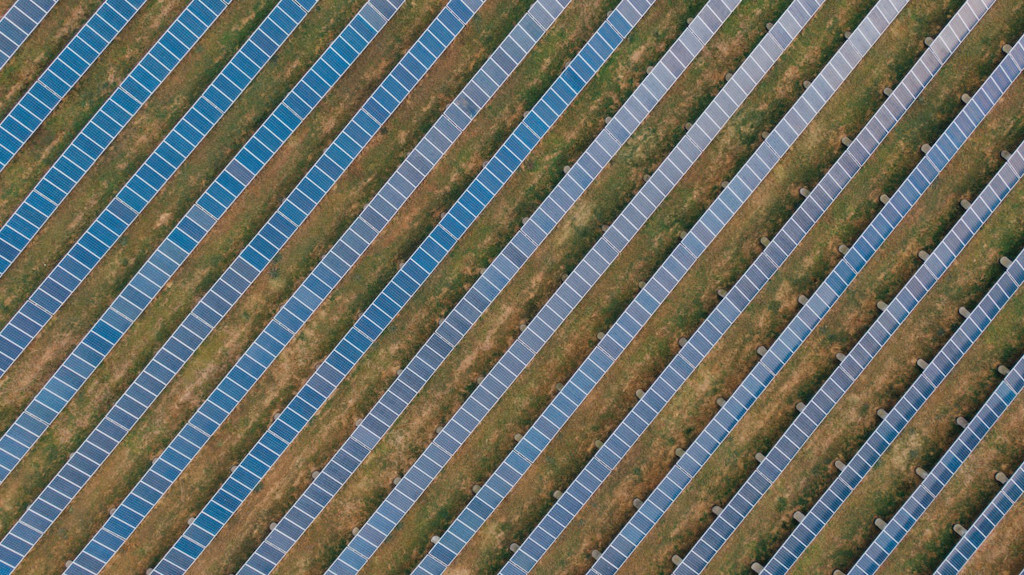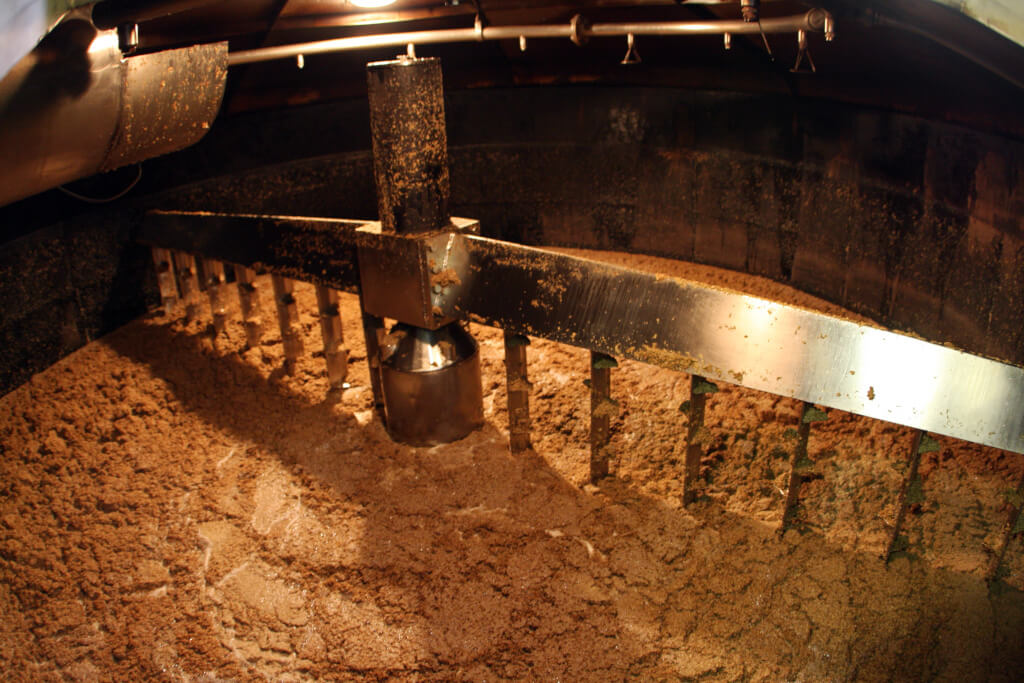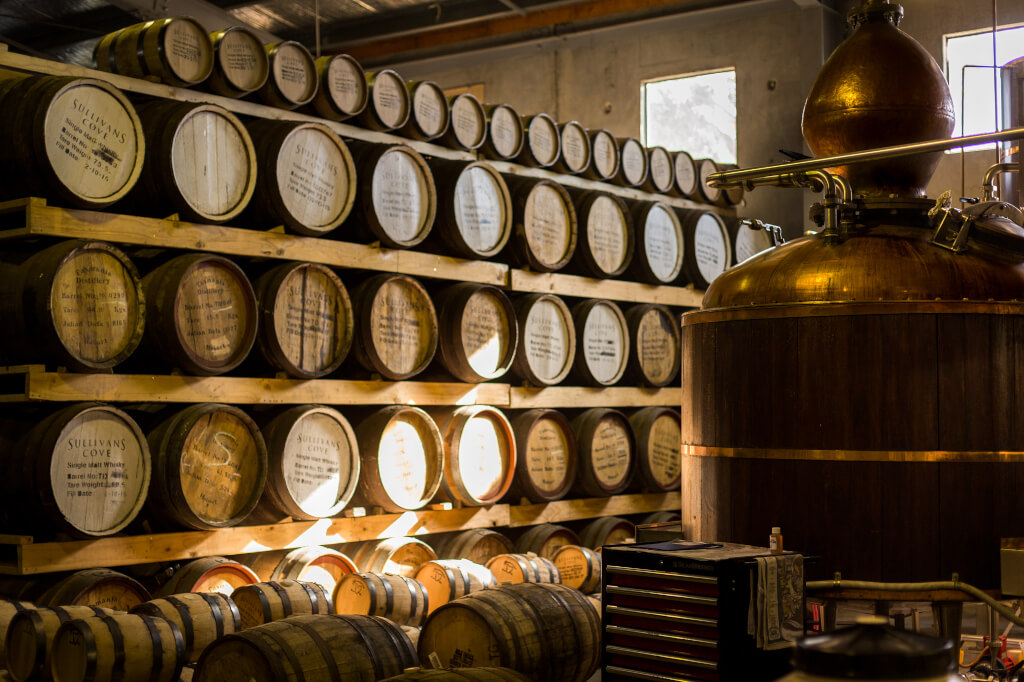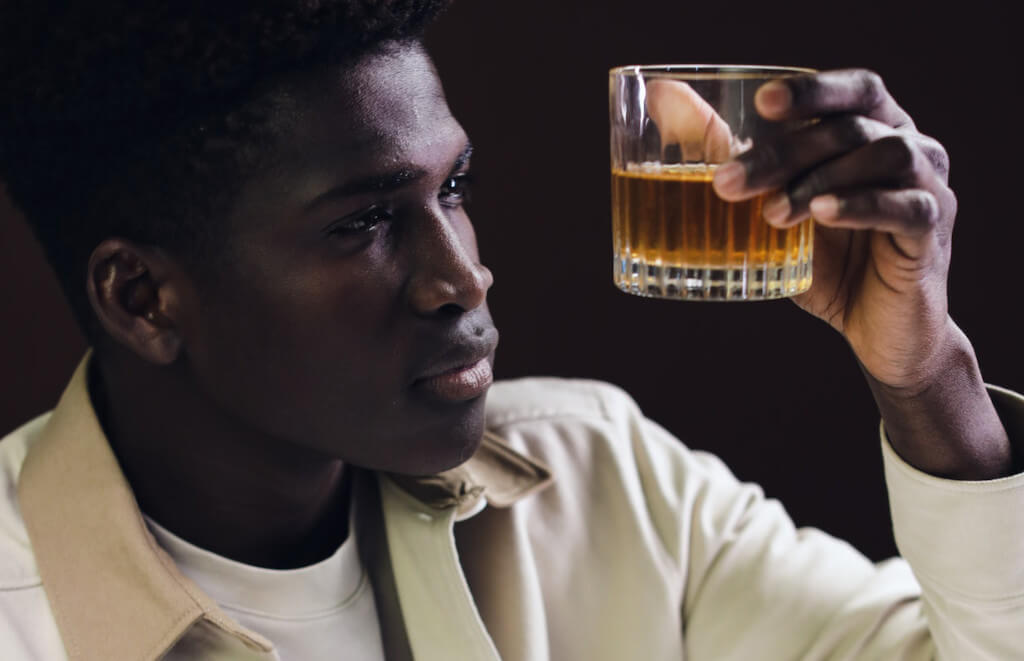Remarkably, there has been so little discussion within the alcohol business concerning the environmental impact of distilleries, distribution, and finding the correct ingredients when global warming has become a hot topic (pardon the pun). The origin of the botanicals used in a product is becoming increasingly important to consumers. Who distills the cheap stuff? Which brand is more local? (in this regard, for instance, the labeling of many craft gins is notoriously deceptive). With more and more people concerned about the environmental impact of their drinking habits, it’s important to know that whiskey is made sustainably.
Aim High; The Time is Now
The current climate is quite dangerous. We need large ideas and deeds to combat climate change, save the natural environment, and preserve resources for future generations. Scotland has set a goal of reaching Net Zero emissions by 2045, while the UK government has set a goal of 2050. By attaining Net Zero emissions in our activities by 2040, we hope to serve as an example for others to follow.
The distinct flavor that has made our whiskey a worldwide phenomenon will be preserved in the process. Making sure every bottle of Scotch is a one-of-a-kind representation of Scotland and a great representation of our history.
2040 Will Look Like This
As a result of our commitment to sustainability and our financial investment in alternative energy sources, our sector is no longer dependent on fossil fuels. The byproducts from many distilleries are used as renewable feedstocks or to produce new raw materials for other industries, and the extra energy is fed back into the national grid. Distilleries are very water-efficient; they recover thermal energy from water used in the distilling process.
Scotch is Transported Utilising Eco-friendly Methods
Scotland’s rapid electric charging network has changed transport, making it easier for workers to commute between distilleries and for tourists to travel between distilleries in a way that is both environmentally friendly and efficient. The barley and cereals we use can withstand the effects of a shifting climate, and innovative approaches to farming promote the health of nearby ecosystems.
All of the packaging may be recycled, and it may be made from eco-friendly materials. Our bottles, which are made with renewable energy and are now lighter than ever, our secondary packaging, and our barrels, which are reused numerous times, all contribute to minimizing our environmental impact.
New and Emerging Energy Technologies
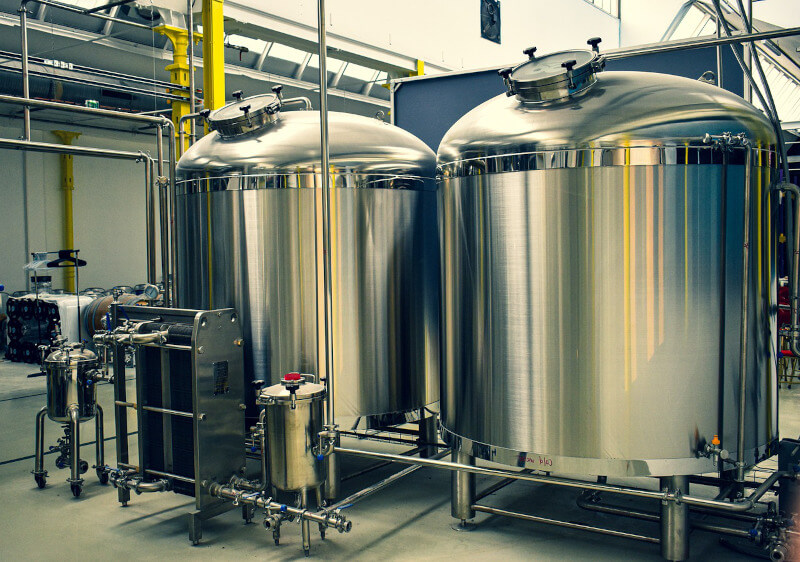
While the multimillion-dollar fund is a good sign of the government’s commitment to finding fossil fuel alternatives, it pales in comparison to the hundreds of millions already spent by the top whiskey brands. Much of this funding has been used to develop technologies that extract energy from materials that were once deemed “waste.”
Up until around ten years ago, the most practical application for whiskey distillation waste was in the production of animal feed. Multiple distilleries are now using the power of these materials to heat their stills. The first involves burning dried draft, the leftover grain after distillation, in biomass boilers (often in combination with wood chips). The second, more involved method uses both draff and pot ale, the sticky liquid that remains in stills after distillation, to produce a usable product. Combustible biogas high in methane is produced through the anaerobic digestion process when the two are combined. Both the solid and liquid components of the remaining “digestate ” can be used as biofertilizers.
The Greening of Smaller-Scale Brands
Even though investing heavily in the technologies necessary to improve sustainably is a prerequisite, this has not discouraged the participation of smaller businesses. Multiple distilleries have opened in recent years with this guiding principle.
Founder Annabel Thomas had several sustainability goals in mind when she set out to create the Nc’nean distillery, which launched in 2017. The first was to use only organic barley, which, she says, was shockingly hard to find and much more expensive than conventional grains. Nonetheless, Thomas argues that the payoff to farm biodiversity is substantial. Nc’nean, like many other distilleries, uses wood chips from a nearby forest to fuel a biomass boiler that in turn powers the stills. Distillation leftovers are reused as food for animals and plant nutrients.
Finally, there were other facets of manufacturing that Thomas hadn’t thought about before opening, but for which he has subsequently developed long-term answers. The use of chemicals in the distillery has been cut in half thanks to the use of an enzyme-based cleaning. And when Nc’nean releases its maiden whiskey this September, it will be the first Scotch whiskey to be packaged in bottles made entirely from recycled glass, as claimed by Thomas.
Sustainable Whiskey Serving Advice
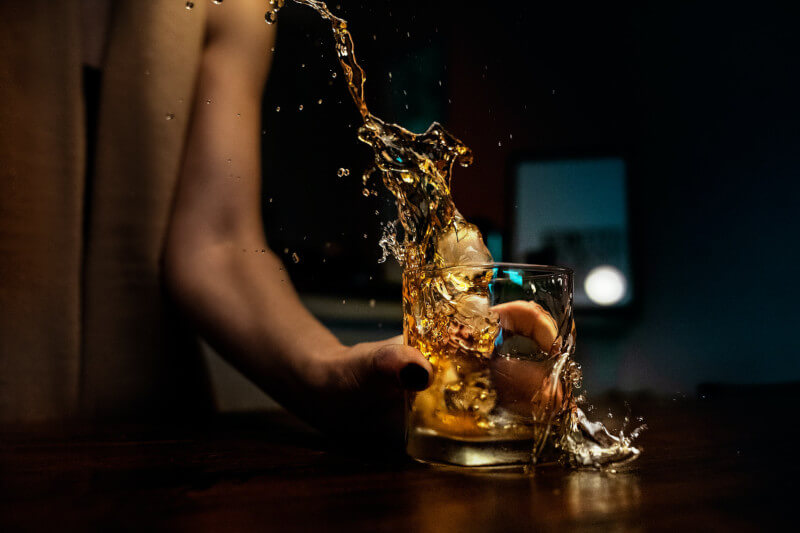
In what ways might the whiskey-drinking public mirror greener approaches to manufacturing? Whiskey-made sustainably is a big topic right now. Many companies are making changes to their processes to reduce pollution and waste. But how do we whiskey drinkers keep that philosophy alive once we’ve opened our bottle? Here are seven ways to serve more environmentally friendly whiskey at home or in the bar (while still having a good time with your guests).
Higher Quality Ice Making
Everyone knows that having high-quality ice on hand is essential when mixing cocktails at home. Making your high-quality ice at home is a terrific way to lessen the carbon footprint of your drinks, but it can be tempting to buy bags of pre-made ice from the store.
Put some lukewarm water in a small icebox (like the kind you’d take on a picnic) and freeze it for 18 to 24 hours. The ice cube can be discarded after turning the cooler upside down in the kitchen sink. You can get clear ice cubes by using a serrated knife or ice pick to chip off any frosted parts and then break the ice into cubes. This approach is great for creating a large number of high-quality ice cubes so that you always have some on hand so you can whip together a cocktail whenever the mood strikes.
Make Use of Drink Mixers Made in Your Own Country
The popularity of artisanal drink mixers has increased in recent years. They are a bit more expensive than a store-brand bottle of soda, but they make even the simplest cocktail taste sophisticated. Look for locally made, independently crafted mixers. Here at World Whiskey Day HQ, we’re partial to the Bon Accord line of tonics and flavored sodas, which is based in Edinburgh. In addition to lessening your impact on the environment, patronizing a local business also benefits you.
Use Wild Plants as Condiments
Garnishes for mixed cocktails are a major contributor to beverage waste, whether it is perishable fruit in punnets or herbs sold in bulk only by the bag. Finding your garnishes is a simple (and entertaining) solution; use anything you have growing in your yard or find while foraging in a nearby park. During the spring, look for edible flowers and herbs, during the summer for wild strawberries, during the autumn for stone fruits and blackberries, and during the winter for winter berries and pine needles. But don’t ingest anything you can’t positively identify!
If you want to limit your waste and plastic use while supporting local growers but can’t seem to find a decent foraging location near you, head to the farmers’ market. Instead, you may try growing your cocktail garnishes from herbs you cultivate on a windowsill.
Put an End to Using Plastic Straws
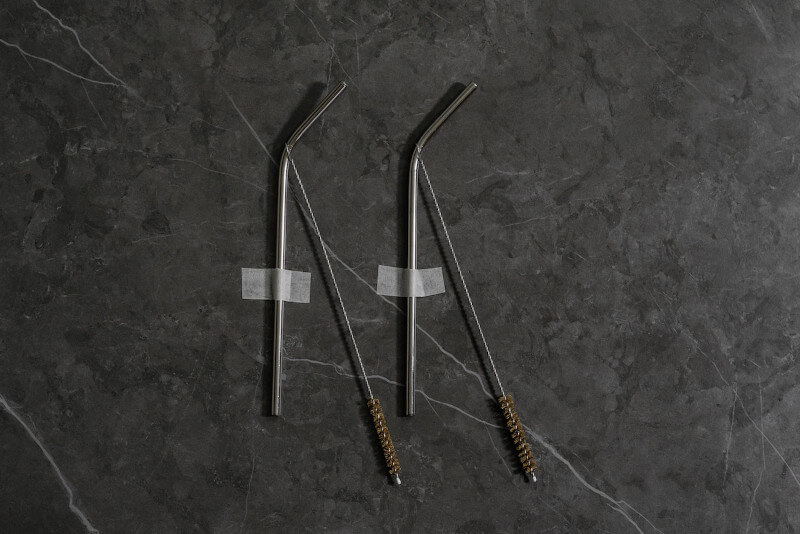
We’ve all gotten used to drinking out of a glass instead of a plastic straw since the ban went into effect in the UK in 2020. However, using a straw adds a touch of sophistication to drinking, and doing so need not be environmentally destructive. Get yourself a metal or glass straw that can be used over and over. The stem of a papaya leaf, a length of lemongrass, or a bamboo skewer would all make excellent alternatives to a traditional drinking glass.
Use Outdated Ingredients to Make Infusions
Those who say eco-friendly whiskey can’t be modern are wrong. By infusing them, leftovers can be used in new ways and prevent waste. Spirits, handmade mixers, or syrups will taste better after being infused with leftover herbs, lemon or lime skin juice, or imperfect berries for several days or weeks in an airtight jar. Trying out new infusion techniques and flavor combinations is a fun way to make cocktails that are uniquely your own. Get a tonne of advice and suggestions here.
Reusing Whiskey Bottles is an Excellent Idea
When you’ve finished your last sip of your beloved whiskey, don’t throw the bottle away just yet. Repurposing the bottle into something practical or aesthetically pleasing can offer it a second chance at life. A decanter can store liquids like water, wine, lemonade, or iced tea; a vase can hold flowers or leaves; and a soap dispenser can hold candles. Make a DIY lamp out of a whiskey bottle, either for yourself or as a present for someone who appreciates the spirit.


